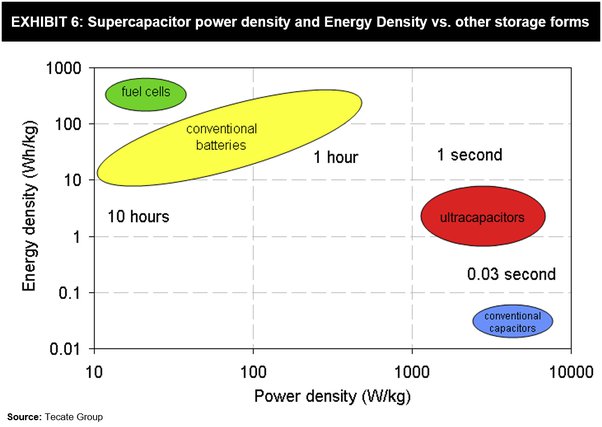Charging Laptops In Minute: A Mind-Breaking Technology 24
Charging Laptops In Minute
An essential component of a laptop’s operation is its charging, which keeps the gadget powered on and functional. Because of their extended life cycles and high energy density, lithium-ion and lithium-polymer batteries are used in modern computers. The process of charging these batteries entails changing wall outlet AC electricity into DC power that is compatible with the laptop’s battery. The charging circuit of the laptop controls the voltage and current to provide effective and secure charging.
Rapid and more effective methods of Charging Laptops In Minute are becoming more and more necessary as technology develops.
Maintaining battery health and extending the laptop’s lifespan depends heavily on using original chargers and good charging practices.
Follow our Digiknowledge.co.in page for the latest updates about technology, bikes, cars, sports, lifestyle, and many more.
. Charging laptops through supercapacitors is one innovative idea that shows promise. Supercapacitors have the potential to completely change the way we charge our electronics because of their remarkable capacity to store and release energy quickly.
This intriguing development is explained by recent studies from organizations such as the University of Colorado, as well as reports from Phys.org and Eurasia Review.
What are supercapacitors?
Ultracapacitors, sometimes referred to as supercapacitors, are very different from conventional batteries. Supercapacitors store energy electrostatically, whereas batteries store energy chemically. Supercapacitors are able to charge and discharge far more quickly than batteries because of this fundamental distinction.
They can withstand millions of charge-discharge cycles without seeing any appreciable degradation, giving them a far longer lifespan.
Research and Developments in Charging Laptops Through Supercapacitors
In terms of research into incorporating supercapacitors into laptop charging systems, the University of Colorado plays an important role. Supercapacitors can significantly shorten charging times, as their research has shown. For example, using a supercapacitor system, a laptop that normally takes two hours to charge could just take a few minutes. This discovery has the potential to drastically improve the user experience, especially for professionals and students who depend heavily on laptops for extended periods of time each day.
Supercapacitors are becoming a feasible laptop alternative because of a number of scientific developments that Phys.org has highlighted. An important advancement is the increase in energy density. The very small energy storage capacity of conventional supercapacitors has been a limitation.
Though their energy storage capacity is still much lower than that of lithium-ion batteries, new materials and designs have greatly increased it.

Supercapacitors must advance before they may be used in laptops on a regular basis.
What are the benefits of supercapacitors?
Supercapacitors provide a plethora of possible advantages when it comes to laptop charging.
Speed: The ability to charge quickly is the main benefit. Supercapacitors offer a major advantage over conventional methods in that they may charge a laptop in a matter of minutes.
Longevity: Compared to regular batteries, supercapacitors have a longer lifespan. They don’t lose functionality after millions of cycles, which minimizes the need for regular replacements.
Safety: Supercapacitors are a safer option than lithium-ion batteries since they are less likely to overheat and do not have the same explosion risk.
Environmental Impact: Supercapacitors have a lower environmental impact than other laptop power options because of their extended lifespan and lack of hazardous chemicals.
What are the challenges and future prospects of supercapacitors?
Before supercapacitors are widely used in laptops, there are still obstacles to be solved, notwithstanding their potential. The present production cost is one of the main obstacles; it is more than that of conventional batteries. Furthermore, although energy density has increased, it is still not as good as the finest lithium-ion batteries.
According to the Eurasia Review, efforts are being made to overcome these challenges through continued research and development. Cost reductions and increased energy density are anticipated as a result of developments in nanomaterials and novel production methods.
Accelerating these breakthroughs will require collaboration between academic institutions and the tech sector.
Conclusion
Supercapacitors are a major technological advancement that have been included in laptop charging systems. Supercapacitors have the potential to change how we interact with portable devices by offering faster charging times, more safety, and longer lifespans. In order to overcome present obstacles and make this technology available and inexpensive, further research and innovation are needed.
Laptop charging appears to be going faster and more effectively in the future as these developments continue.
How much charge can a supercapacitor hold?
The maximum charge voltage of a supercapacitor is typically between 2.5 and 2.7 volts, but a regular electrostatic capacitor may have a higher maximum functioning voltage.
Why don’t we use supercapacitors instead of batteries?
Supercapacitors are less suitable for long-term energy storage than batteries since they store a lot less energy per unit of weight and volume. Greater Cost: Currently, supercapacitors cost more per unit of stored energy than lithium-ion batteries.
How fast can supercapacitors charge?
A supercapacitor takes one to ten seconds to charge. The charger’s capacity to handle current limits the charge current to a significant degree, and the charge characteristic is comparable to that of an electrochemical battery. While the initial charge can be completed quickly, the topping charge will require more time.
What is the life of a supercapacitor battery?
Whereas batteries only have a ten-year service life, supercapacitors can have an almost limitless lifespan.
Why are supercapacitors expensive?
Due to the high cost of the materials needed to construct capacitors, such as carbon and graphene for the electrodes, they are more expensive than lead-acid batteries.




